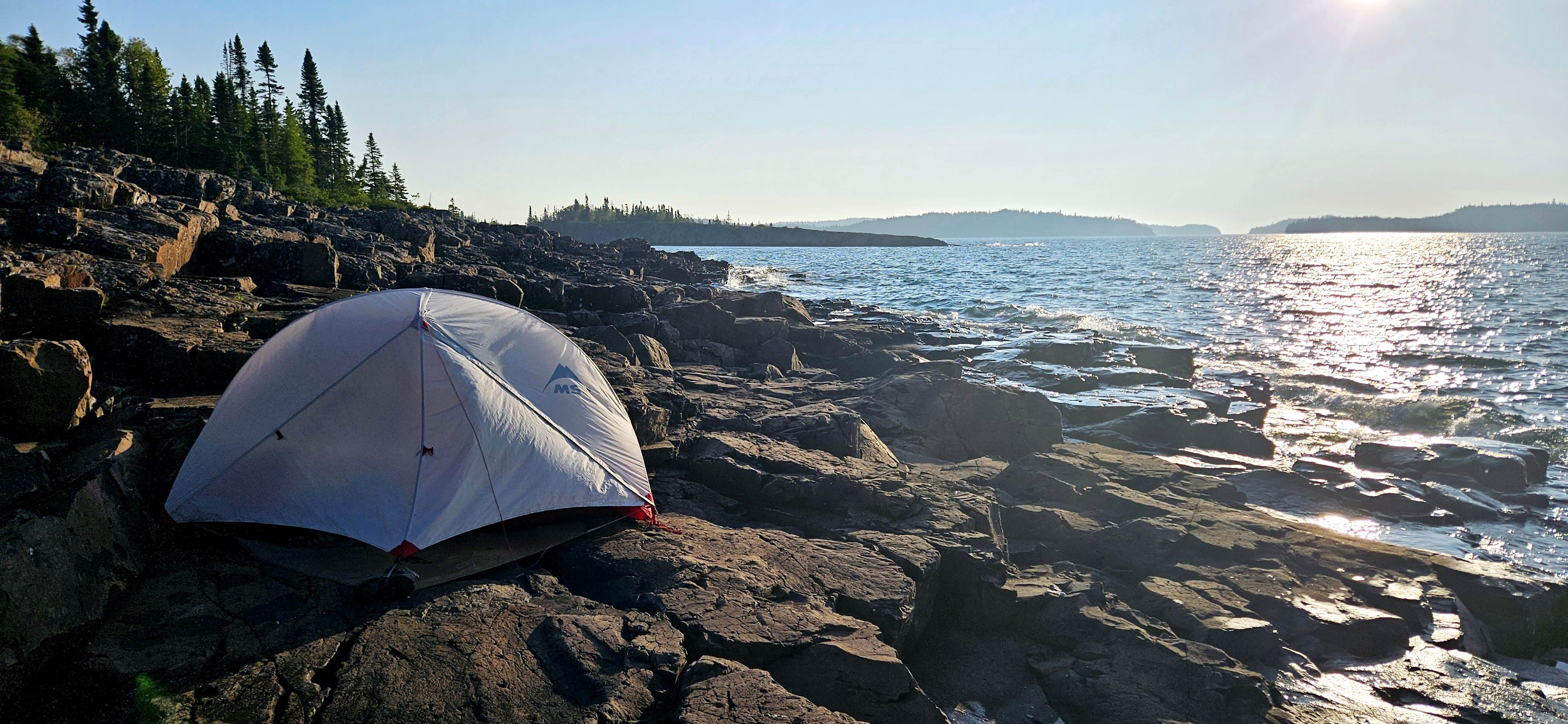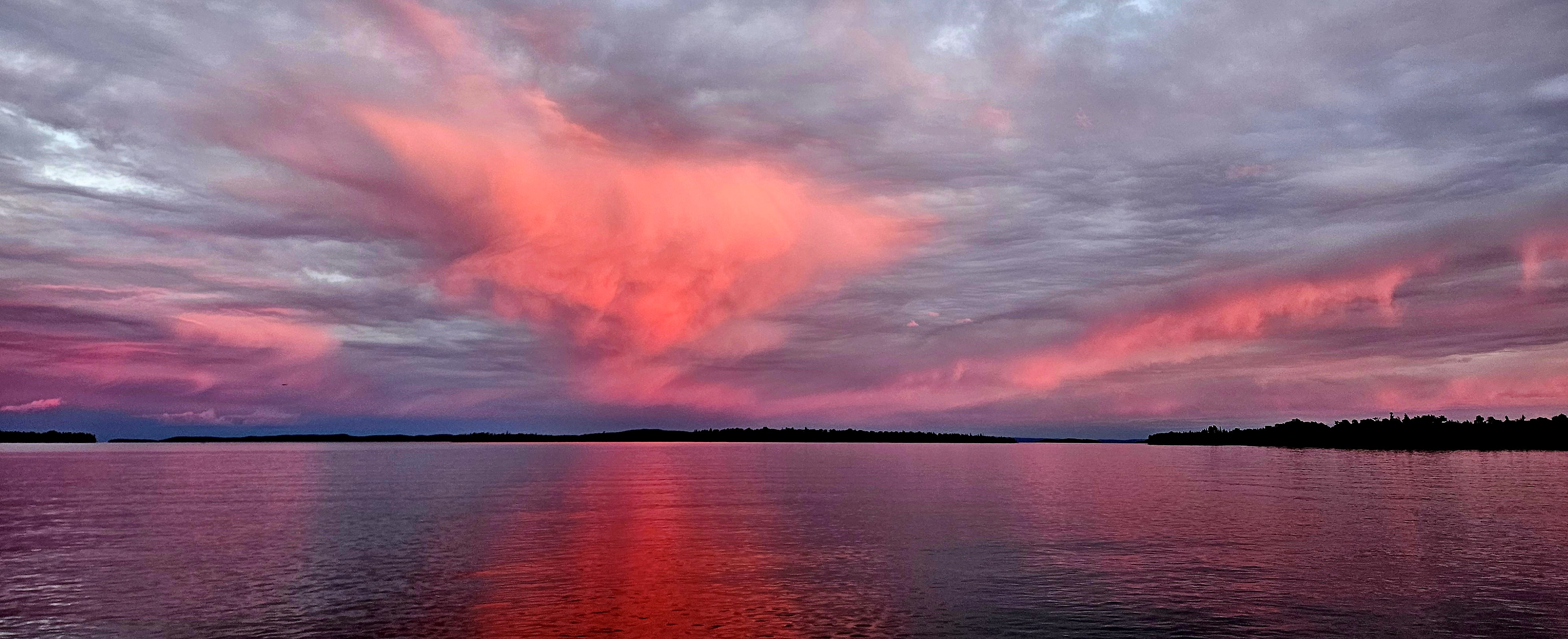Changes Coming for ‘Semi-Skilled’ Temporary Foreign Workers
- by Ronalee Carey Law
August 2024
I was on vacation last week. For the fourth consecutive summer, I spent a week on a catamaran with my best friend and her father, the spriest 86-year-old I’ve ever met. I am originally from northern Ontario, and returning to that part of Canada feeds my soul in ways no other vacation could.
It also meant limited internet access, forcing me to take a break from my inbox. This was both a blessing and a curse, as I had 274 emails to wade through upon returning to the office.

The remote parts of Canada are unfamiliar for immigrants who have settled in Canada’s bigger cities and didn’t grow up taking Canadian geography lessons. Dana, my favourite fitness instructor, wondered why I’d missed class last week. She’s originally from Syria. I told her I’d been sailing on Lake Superior. She looked quizzical and asked me where that was. (For the similarly uninitiated, Lake Superior is the largest freshwater lake in the world and touches the shorelines of Ontario, Minnesota, Wisconsin and Michigan.)

On my first trip in 2020, I arrived at the airport in Thunder Bay and immediately noticed a change from my visits to the city as a child to visit my grandparents. Thunder Bay is adjacent to the Fort William First Nation and home to individuals from numerous indigenous groups. However, until recent years, the settler population was comprised mostly of European stock. The arrival of temporary foreign workers and international students has changed the composition of the population. This has changed the hospitality and services industry. On our last day in the city, we enjoyed traditional Ghanaian dishes from a local restaurant, which would not have been a dining option during my youth.
Thunder Bay has benefited from the Rural and Northern Immigration Pilot, which will soon become permanent as the Rural Immigration Program. It has also profited from an increase in the issuance of study and work permits. But the temporary resident boom is soon to be over. Canada recently put a cap on the number of study permits it will issue and will do the same for work permits.
However, Canada also plans to create a new permanent resident program for semi-skilled workers. This will allow some of the temporary foreign workers in Thunder Bay’s hospitality and service industries, amongst others, to stay in Canada permanently rather than living precariously from work permit to work permit.
Those lucky immigrants will be able to enjoy the region’s wonderful attractions, including walking across Canada’s longest suspension bridge, searching for treasures at Amythyst Mine Panorama, and hiking to the top of the giant in Sleeping Giant Provincial Park.
The Canadian immigration system is complex and constantly changing. However, it has long been criticized for treating temporary foreign workers as a ‘disposable workforce.’ We’ve yet to see the proposed new program; details will be announced this fall. I’m hopeful it will be a turning point for immigrant communities all across Canada.

